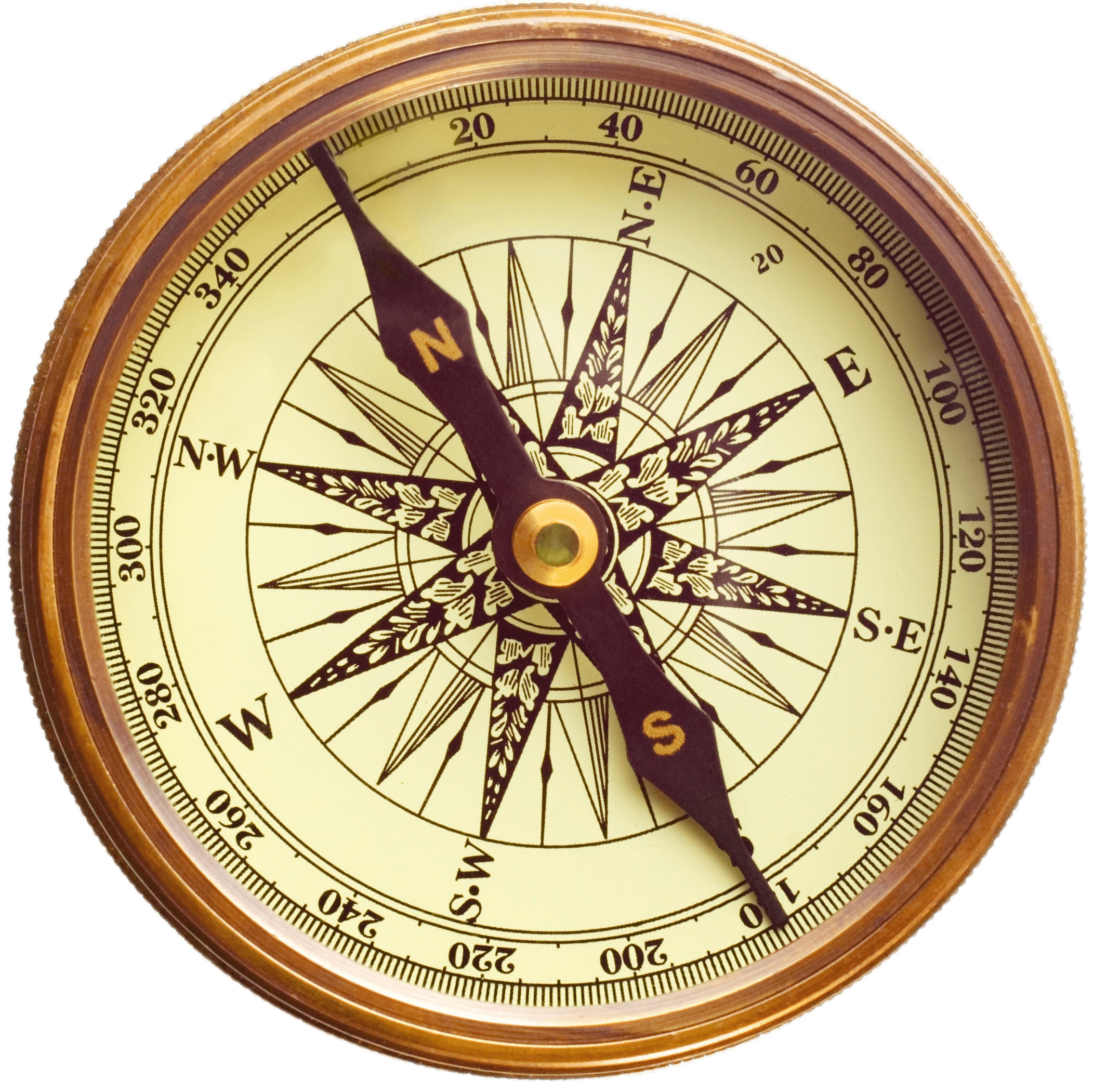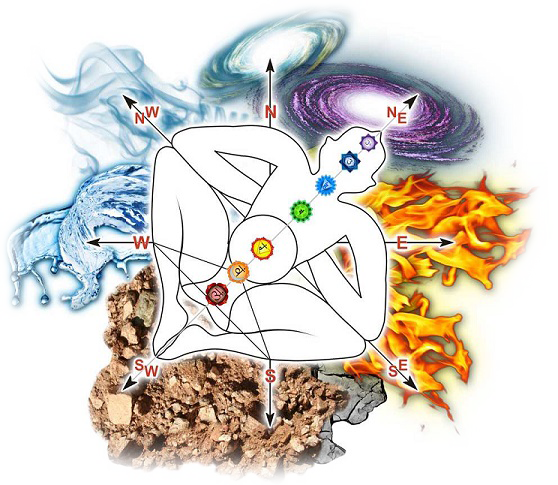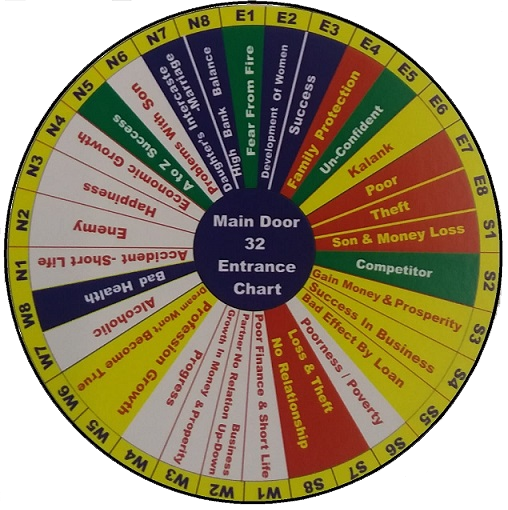Mahavastu & Scientific Astro Vastu
Consultation & Training
Vastu Chakra for analysis

Vastu Shastra is an ancient Indian science of architecture and buildings that helps in creating a harmonious living space by integrating nature and balancing the elements of the universe. The "Vastu Shakthi Chakra" and "Maha Vastu Tool" are modern interpretations and applications of these principles.
What is Vastu Chakra ?
The Vastu Shakthi Chakra is a concept used in Vastu Shastra to help understand and optimize the energy flow within a space. It is often depicted as a diagram or chart that divides a building or plot into different zones, each associated with a specific element (such as fire, water, earth, air, and space) and direction (north, south, east, west, etc.). Each zone influences different aspects of life, such as health, wealth, relationships, and career. By analyzing and balancing these zones, one can enhance positive energy and reduce negative influences.
Maha vastu tool
The Maha Vastu Tool is a comprehensive system developed by Vastu experts to provide detailed analysis and solutions for Vastu-related issues. This tool typically involves:
Site Analysis: Evaluating the physical characteristics of a plot or building, including its shape, size, orientation, and surrounding environment.
Zone Identification: Mapping the Vastu zones within the property and identifying areas that need improvement or adjustment.
Elemental Balance: Ensuring the balance of the five elements (earth, water, fire, air, and space) within the space to create harmony.

NORTH & East Vastu Zone
In Vastu Shastra, a property is often divided into 16 zones, each associated with different aspects of life and governed by specific deities and elements. Analyzing these zones helps identify the influence they have on the occupants and suggests remedies to enhance positive energy. Here’s a brief overview of the type of analysis conducted for each of the 16 Vastu zones:
North (Wealth Zone)
Focus: Wealth, business opportunities, growth. Analysis: Check for obstructions, clutter, or negative influences that might hinder financial prosperity.
North-Northeast (Health and Immunity)
Focus: Health, immunity, overall well-being. Analysis: Ensure cleanliness, avoid heavy storage, and check for any negative elements affecting health.
Northeast (Clarity and Vision)
Focus: Spiritual growth, mental clarity, vision. Analysis: Maintain openness and cleanliness, avoid heavy objects and clutter.
East-Northeast (Fun and Social Connections)
Focus: Social connections, recreation, fun. Analysis: Ensure the area is inviting and free from heavy objects or negative elements.
East (Social Networking)
Focus: Social network, communications, relationships. Analysis: Promote openness, ensure the presence of windows or ventilation to facilitate communication.East-Southeast (Anxiety and Analysis)
Focus: Analysis, logical thinking, reducing anxiety. Analysis: Check for negative influences that might cause stress or anxiety and promote a calming environment.Southeast (Fire and Cash Flow)
Focus: Cash flow, energy, drive. Analysis: Ensure the kitchen or fire-related activities are in this zone, avoid water elements.South-Southeast (Strength and Confidence)
Focus: Strength, confidence, willpower. Analysis: Ensure stability and strength, avoid water elements that might weaken the energy.




